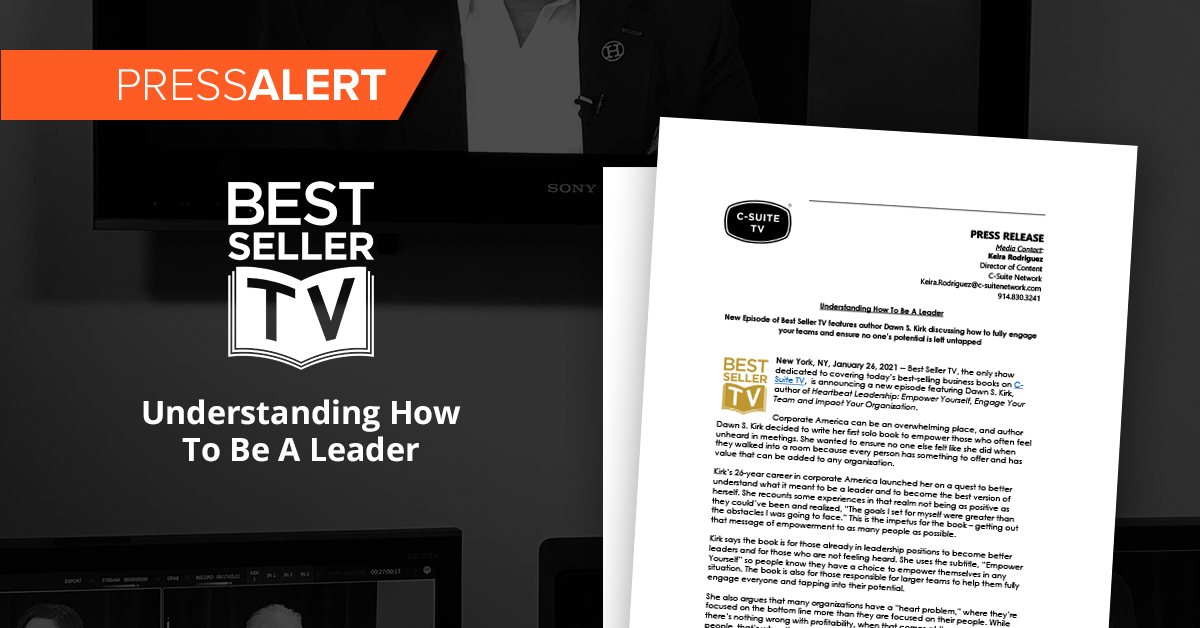
5 Ways to Bring Out Your Inner ‘Intrapreneur’
5 Ways to Bring Out Your Inner ‘Intrapreneur’ https://csuiteold.c-suitenetwork.com/wp-content/uploads/2014/02/drawing.jpg 640 427 C-Suite Network https://csuiteold.c-suitenetwork.com/wp-content/uploads/2014/02/drawing.jpgby Emily Capito LCSW, MBA
I always imagined that once I reached the C-suite, I would be free to focus on the bigger picture. Sadly, the C-suite is not a rooftop loft with inspiring views and glass walls where we hatch innovative ideas and brilliant plans with scented dry-erase markers. The reality, for many executives, is a never-ending load of administrative oversight with a fairly constant interruption of “not my job” problems that land on your desk as the last stop.
After all the daily organizational maintenance, how do you ensure you stay ahead of the curve — or, better yet, pave the way in your industry with new and better solutions? Whether you’re naturally entrepreneurial — and your inner innovator has simply been stunted by the mundane — or you’re a traditional administrator needing to solve entrenched problems, you can quickly incorporate inventive thinking into your daily repertoire with a few interventions.
Five Ways to Unleash Your Inner Intrapreneur:
1. Take yourself out for a walk.
A solo walk, sans-iPod, allows your mind to wander while washing your brain in constant blood flow packed with optimistic endorphins. In order to inject the most inspiration into your activity, do it alone and outdoors. Not a fan of walking? You might find that a vigorous run or a group yoga session really piques your imagination.
Exercise and ingenuity have long been linked. In fact, aerobic exercise has been demonstrated to improve creativity for two hours or more. It’s just another reason to wake up a bit earlier for a quick run before work and take a break after lunch for a brief walk around the block.
2. Go for a spin in the Delorean.
It’s easy to get hyper-focused on your current situation. This tendency to zoom in limits your ability to think outside the tiny box of “right now.: If anything has proven true, it’s that change is constant. Today’s problems and limitations are temporary.
Prior to brainstorming, purposely project yourself into a future where anything is possible. Give it some dimension by visualizing unexpected advances in technology, travel or communication. You will simultaneously open your mind to possibilities that your brain would have otherwise quickly discarded as unrealistic.
3. Grab coffee with a dreamer.
Find an objective visionary, add caffeine and talk opportunities. The combination of an outside perspective and a no-pressure situation where you can generate ideas candidly, without all of the details getting in the way, is a recipe for insight.
Be sure to let your visionary know how much you value their open-mindedness and unique perspective, inviting them to challenge your perceptions and insert their own ideas, despite being outside the industry.
4. Record your brilliance.
Keep a journal just for ideas. Many of our best ideas come to us out of the blue and leave us just as quickly, especially when we’re falling asleep or showering. When you get that jolt of creativity, quickly transcribe your thoughts so you can revisit them later.
Try an unlined notebook that’s small enough to carry around with you. After all, your imagination isn’t college-ruled, and some of your ideas could use a diagram or cartoon. Dan Roam, author of “The Back of the Napkin,” asserts that we are all inherently visual simply by virtue of being human. You might be surprised by the way a drawing gives your idea legs.
5. Avoid premature evaluation.
When an idea first strikes you, it’s just a seed. We don’t know what it will grow into. Don’t stomp on your brainchild by labeling it “bad” or “stupid” or “impossible.” Let your ideas breathe, and put on a little weight before you toss them out as duds. This also means avoiding the more “rational” people in your life until the idea has grown some roots.
Finally, accept that you will, in fact, produce many terrible ideas. As scientist Linus Pauling said, “The way to get good ideas is to get lots of ideas, and throw the bad ones away.” The bottom line: Your next “Eureka!” moment is right around the corner — not in the stack on your desk.
 Emily Capito is a capacity-building consultant working with young organizations to scale growth and successfully transition from startup to self-sustaining. Formerly the COO of a large nonprofit where she consistently pushed the limits to establish the organization as an industry innovator, Emily catalyzes transformational growth. You can find free resources here: emilycapito.com and her blog here:blog.impactignition.com.
Emily Capito is a capacity-building consultant working with young organizations to scale growth and successfully transition from startup to self-sustaining. Formerly the COO of a large nonprofit where she consistently pushed the limits to establish the organization as an industry innovator, Emily catalyzes transformational growth. You can find free resources here: emilycapito.com and her blog here:blog.impactignition.com.
LinkedIn | Facebook | Google+ | @Emily_Capito





